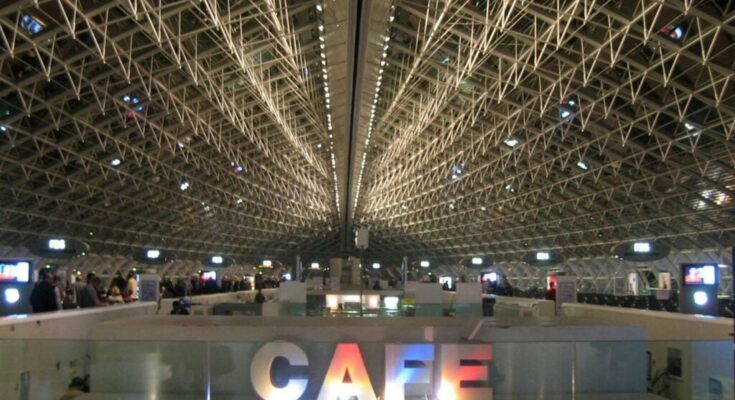
The strict EU flight rule that limits the amount of liquids, gels, and creams passengers may bring onboard in their carry-ons to 100 ml is back in place after plans to install new scanners at airports were delayed.
EU airports had a deadline of June 2024 to implement new CT scanners at airports that would eradicate the need for the 100 ml rule. On September 1st, all airports, including those that adhered to the deadline, will be forced to temporarily revert to the 100 ml rule because too many airports didn’t meet the deadline.
Regarding the rumors of hand baggage rules changing to make life easier for passengers, the European Commission told Condé Nast Traveller that there was no truth to those rumors.
“What is correct is that in July 2024, the Commission services organized a workshop with all interested stakeholders to discuss possible common industry standards on the weight and dimensions of hand luggage,” the Commission said. “This initiative responds to a call from former Transport Commissioner Vălean in December 2023 to the industry to develop such standards in collaboration with other stakeholders. The Commission expects to hear further details from industry on the progress towards common standards soon and plans to organize a follow-up workshop in autumn.”
While the rumored changes won’t occur just yet, some rules are changing starting September 1st.
The not-so-new hand luggage rules
Since 2006, it has been a requirement for all passengers to have all liquids in containers of less than100 ml, placed in a 20 x 20 cm clear plastic bag in a separate tray from the rest of the luggage. Thanks to the scanner delay, this rule will be reinstated in EU airports starting September 1st.
Liquids include toothpaste, cosmetics, semi-liquid foods like honey, sprays, shower gel, shampoo, and drinks.
Of course, sometimes exceptions are made for those with babies and small children, but passengers should check with the airport in advance to be sure.
The reason for the scanner delay
The main reason for the delay is that the CT scanners are expensive. The airports have to buy them and reinforce the floor on which they will be sitting to hold them up safely. The price could interfere with projects some airports already had in place.
Birmingham Airport’s Chief Executive Nick Barton told the Times that the scanners are “the size of a Ford Transit.” This makes them exceedingly tricky and expensive to move and install. Furthermore, supply is limited, as some airports have been willing to get the scanners but have been unable to.
The new CT scanners are incredibly powerful. They will allow security to find explosives in baggage more accurately, including liquids. This would banish the need for the 100 ml rule, as the scanners will quickly see the liquids in baggage.
Some airports, such as Gatwick and Manchester, have predicted they will install the scanners in 2025. This is an entire year’s delay.
A spokesperson for the European Commission confirmed with Condé Nast Traveller that these measures are merely temporary and that “the machines themselves, which are of high quality, are not in question. Also, the Commission is not acting on any new threat but responding to a temporary technical issue in alignment with our international partners.”



